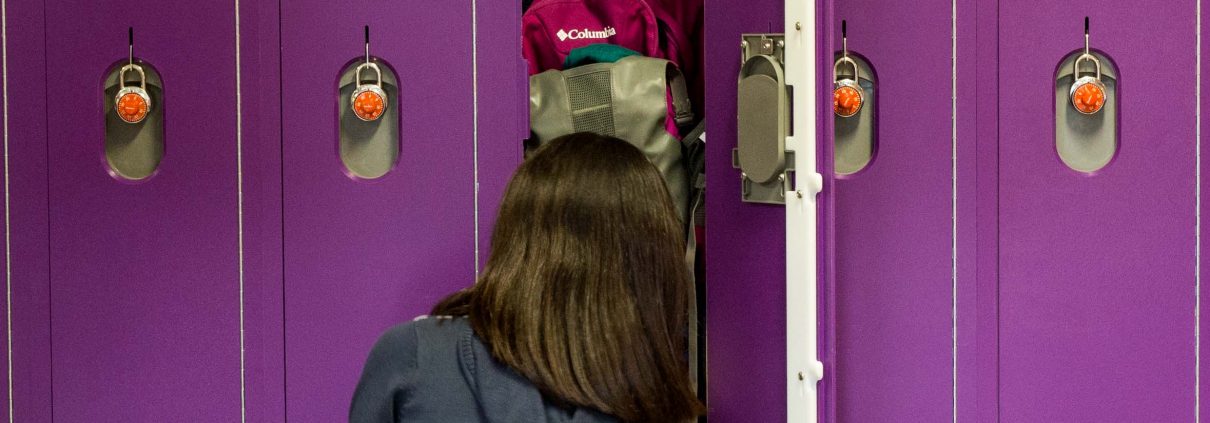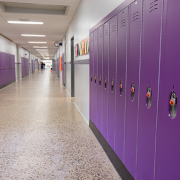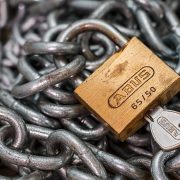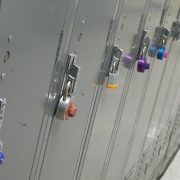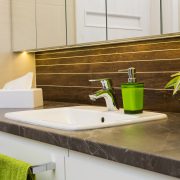Creating a Safe Learning Environment Through Facility Maintenance & Management
One of the most important components of a person’s ability to learn is their environment. Whether it’s a young child or an adult college student, the facility in which they’re being educated directly affects their ability to learn. As a facility manager, it’s important to take the necessary steps to ensure that you’re creating a safe learning environment through facility maintenance and management.
Here are a few tips and tricks to help you make sure that your facility is well maintained and managed in the hopes of it being perceived as a safe learning environment.

Air Quality
While air quality is important to consider on all levels, it can actually have a direct effect on a person’s ability to learn. If your facility has poor indoor air quality, it could lead to students having irritated eyes, upper respiratory infections, headaches, and even sleepiness—not exactly a recipe for improved learning.
You can take several steps in your facility maintenance and management plan to increase the quality of your air. One involves having clean floors. While mopping and vacuuming can be effective, one way to stop allergens and other harmful materials is through floor mats. Large floor mats placed outside and inside can catch some of these materials and prevent them from entering the air. Be sure to have the floor cleaned at least twice a week. If you’re using a vacuum, it’s always a good idea to clean out the filter regularly.
Cleaner Restrooms
The quality of air in restrooms can be questionable. Humidity and moisture tend to build up in bathrooms, which then can result in mold and fungus. While air fresheners in your facility maintenance plan can be useful for combating the odors in the bathroom, the culprit may be your stalls and partitions.
Bathroom partitions are constantly subjected to moisture and humidity, mold can eventually grow inside the stalls, which will continuously drop the air quality. By, Investing in HDPE (high-density polyethylene) stalls it can help to prevent the growth of mold. HDPE is resistant to moisture and a more durable material than those found in most stalls.
Reducing Graffiti
While art is important in a person’s education, said art should only be placed on a designated canvas. Graffiti is a common scourge to facility surfaces like lockers and bathroom stalls. Painting over the graffiti is a common answer to the problem, but not only will it invite more graffiti, the paint could put VOC (volatile organic compound) emissions into the air.
In this instance, using HDPE lockers for your facility maintenance and management plan has numerous benefits. The material is resistant to graffiti and scratches, so it doesn’t require you to repaint it. Any drawing or writing can be easily wiped away without having to risk the air quality during graffiti removal.
Better Ventilation
It’s always good to check the ventilation system to make sure that everything is working properly. Discomfort can be a huge distraction when trying to learn, so providing a comfortable environment is crucial. Make a point to continuously check your heating and ventilation systems to ensure that they’re performing as expected without any waste in energy.
We hope that these facility maintenance and management tips will help to promote a safer learning environment in your school or facility. If you want to learn even more about how you can create a safe learning environment, check out our Hiny Hiders case study and learn how HDPE bathroom stalls helped the Dallas Independent School District.

